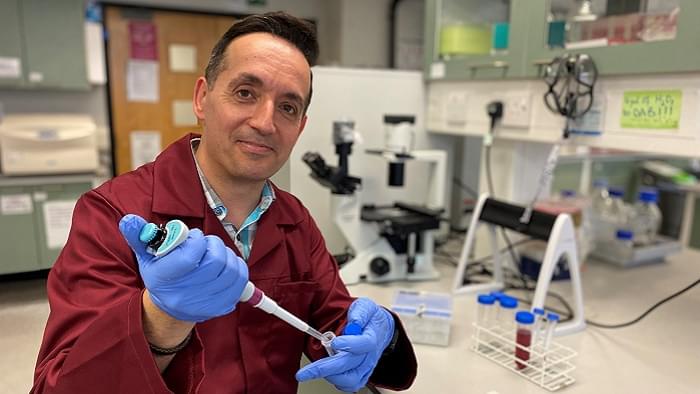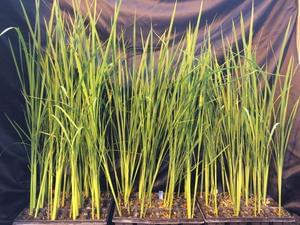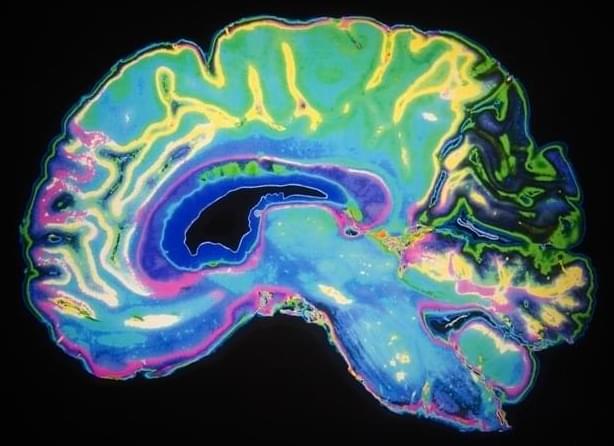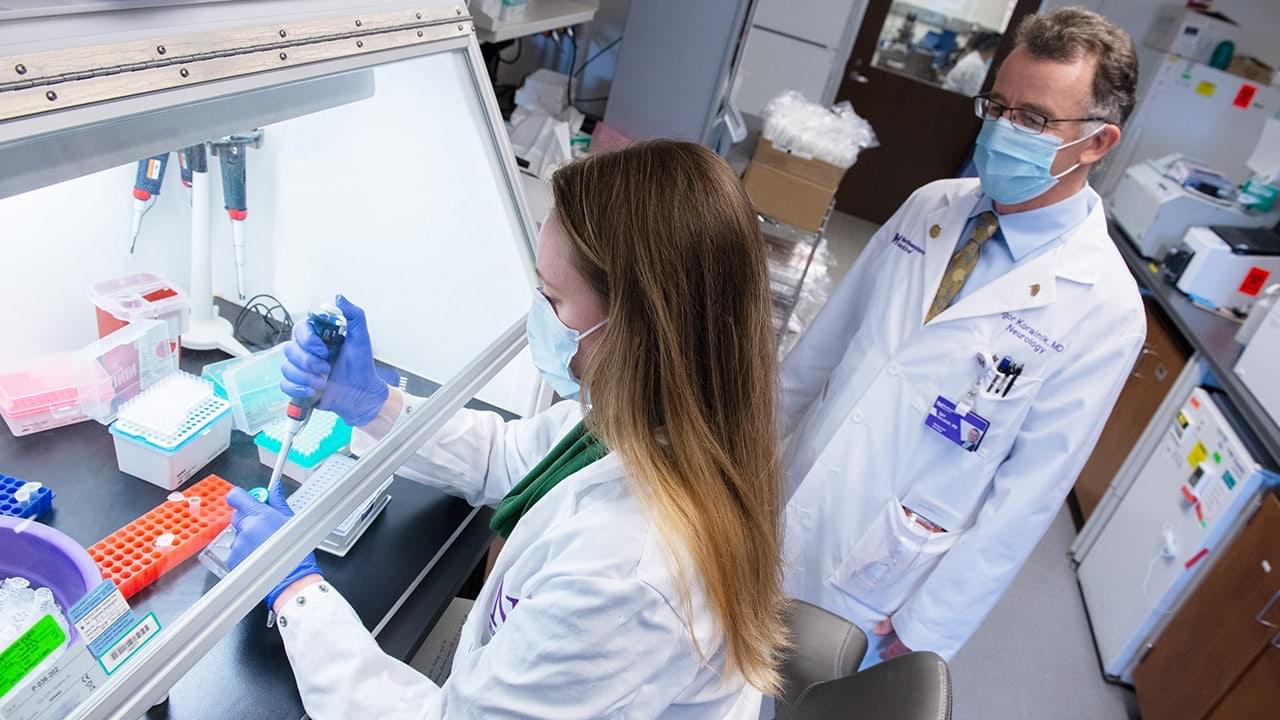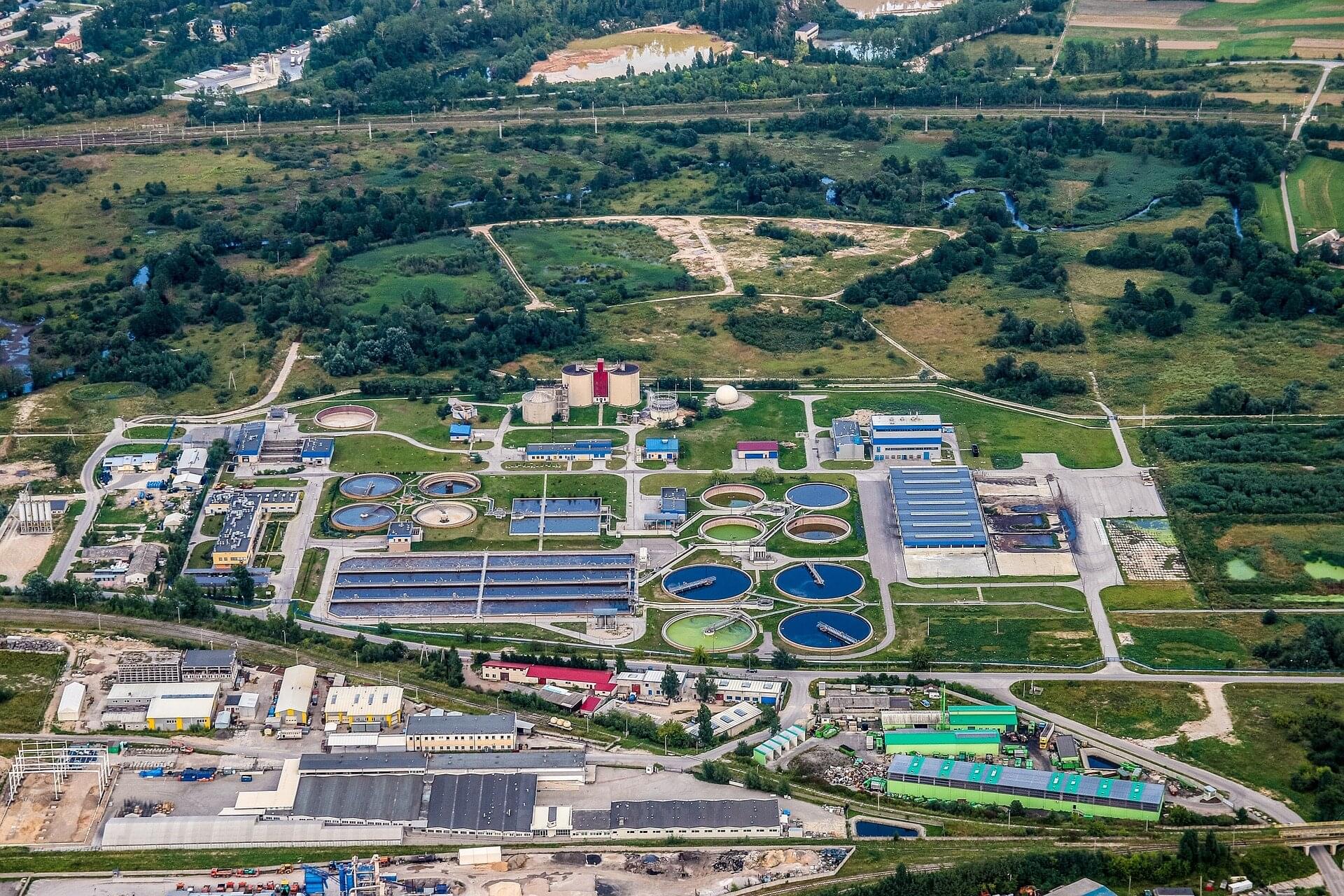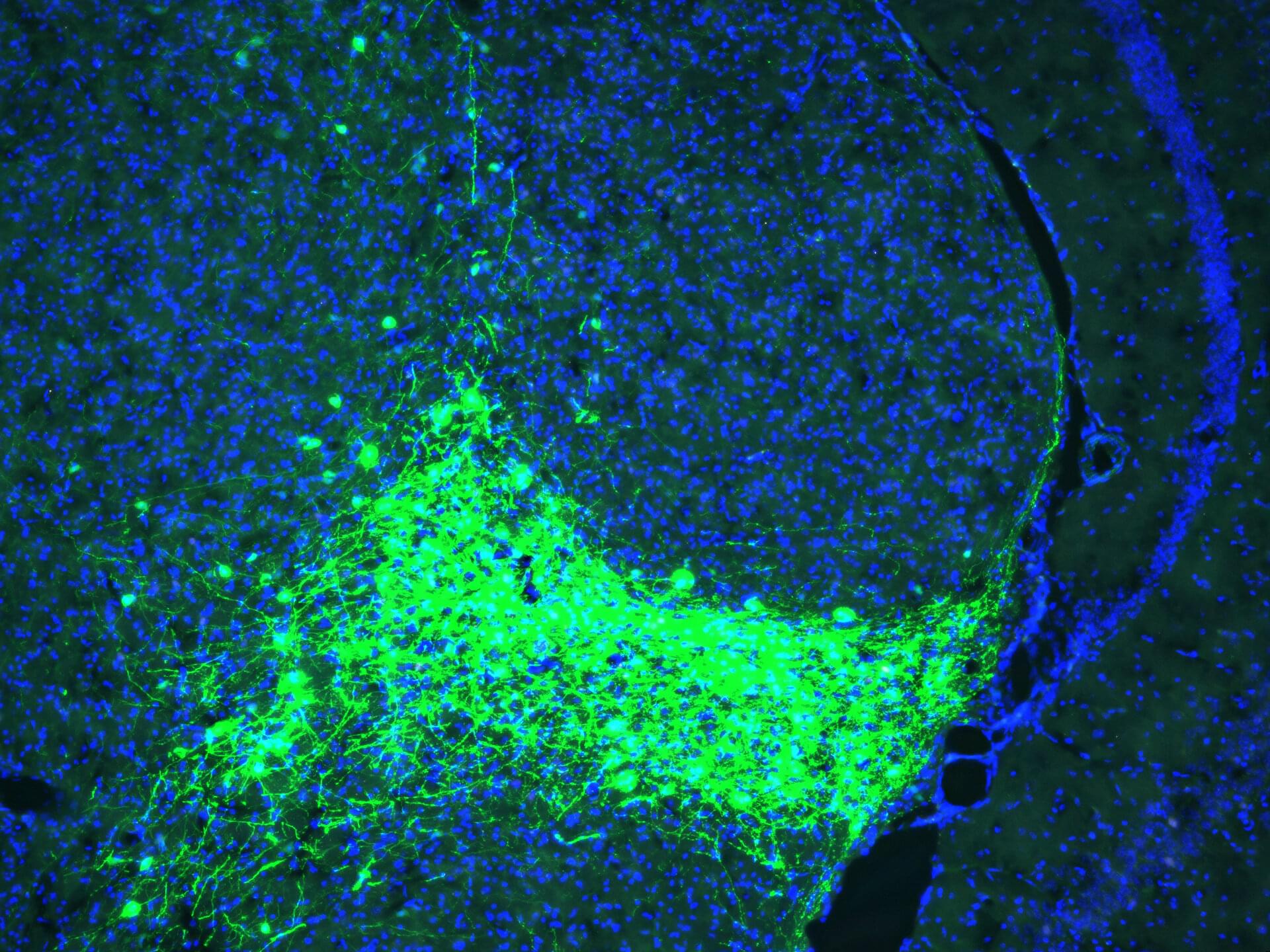Researchers in Sheffield Hallam University’s Biomolecular Sciences Research Centre, in partnership with Paxman, have discovered that combining scalp cooling treatment with antioxidants can significantly reduce or even prevent the damage to hair follicles caused by chemotherapy drugs. This breakthrough has the potential to enhance and standardise scalp cooling efficacy levels, potentially transforming it into a more consistent and universally reliable method.
Led by Dr Nik Georgopoulos, the study uses human keratinocytes and hair follicle cultures to test the effects of cooling and antioxidants on chemotherapy-treated cells. The research was the culmination of years of work in partnership with the Paxman Scalp Cooling Research Centre.
The paper, which has been published today (Tuesday 8 July) in the journal Frontiers of Pharmacology, showed for the first time that.
New breakthrough in preventing chemotherapy-induced hair loss and could make a real difference to the lives of cancer patients worldwide.
